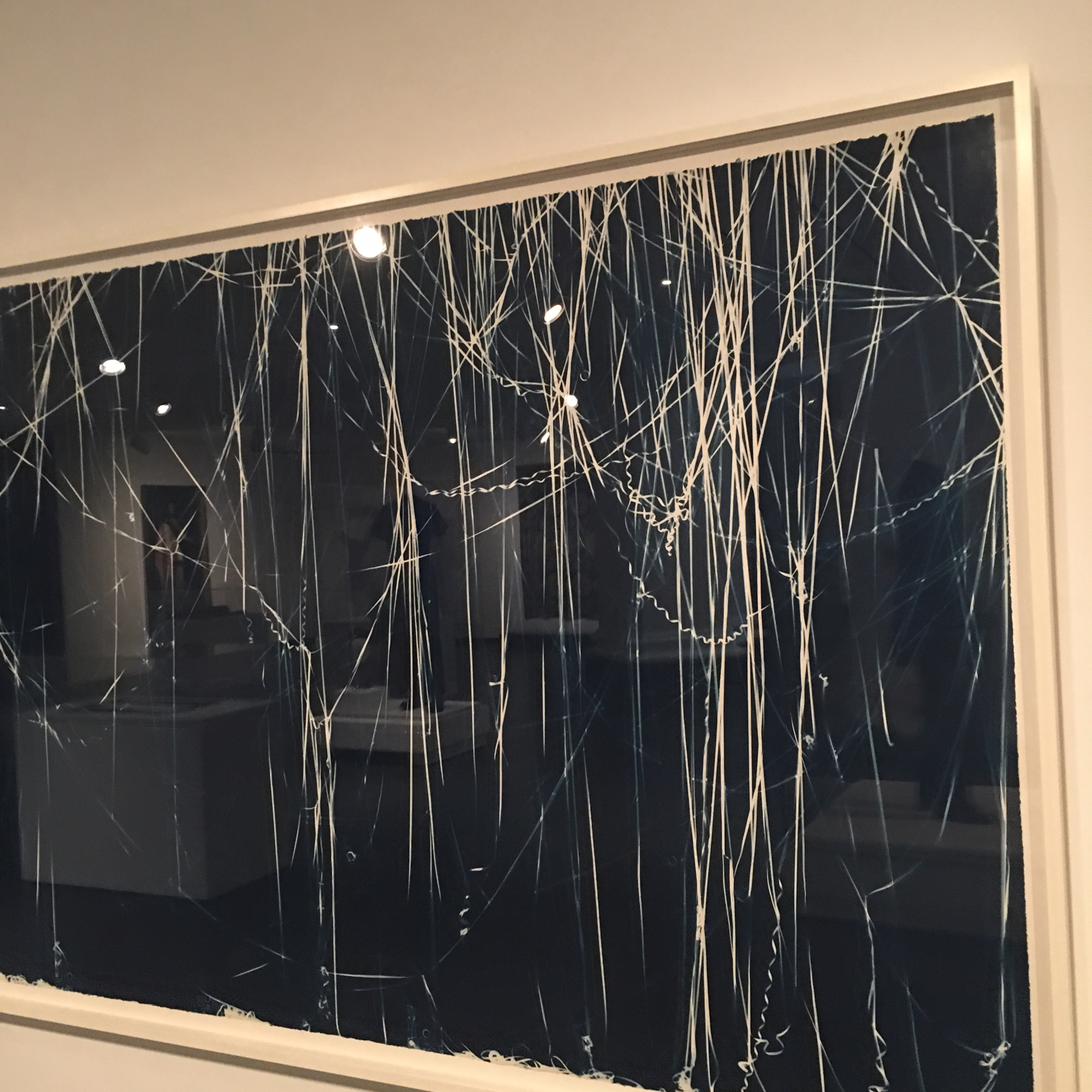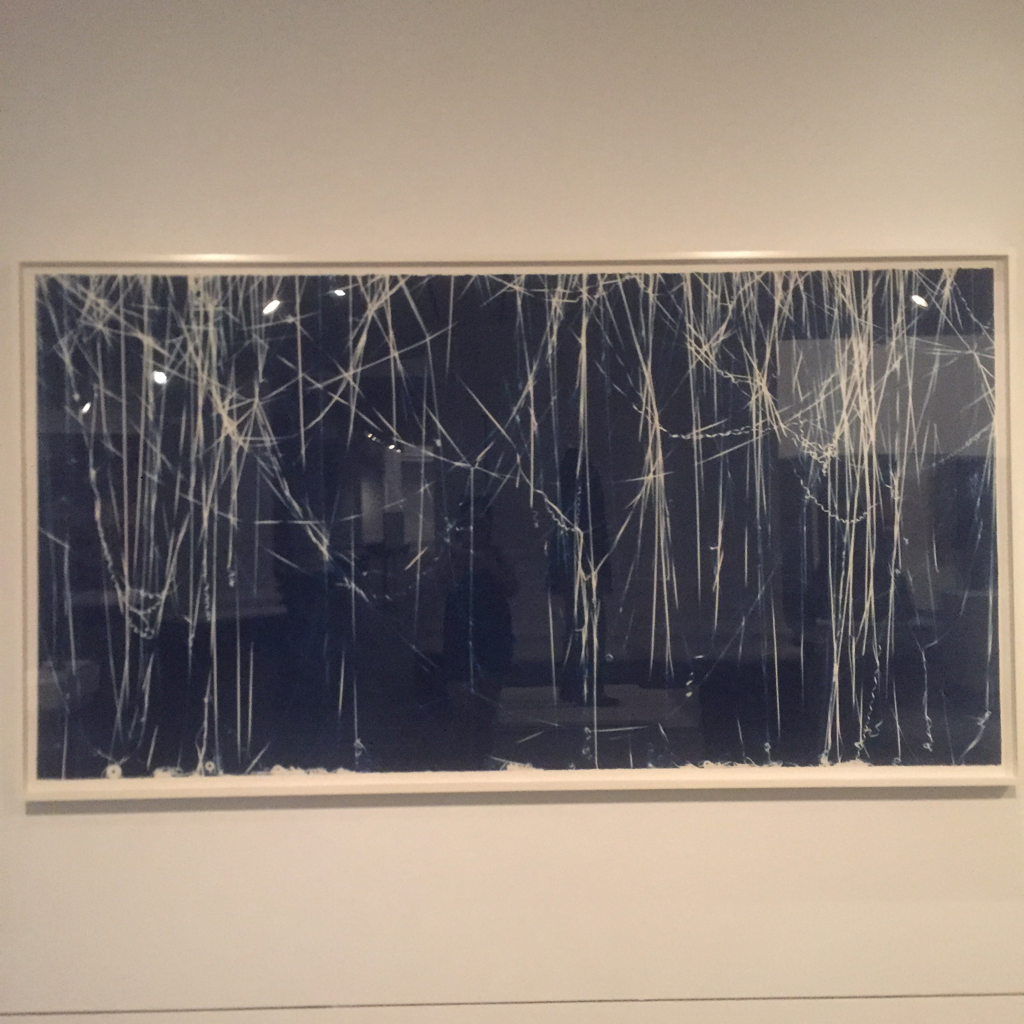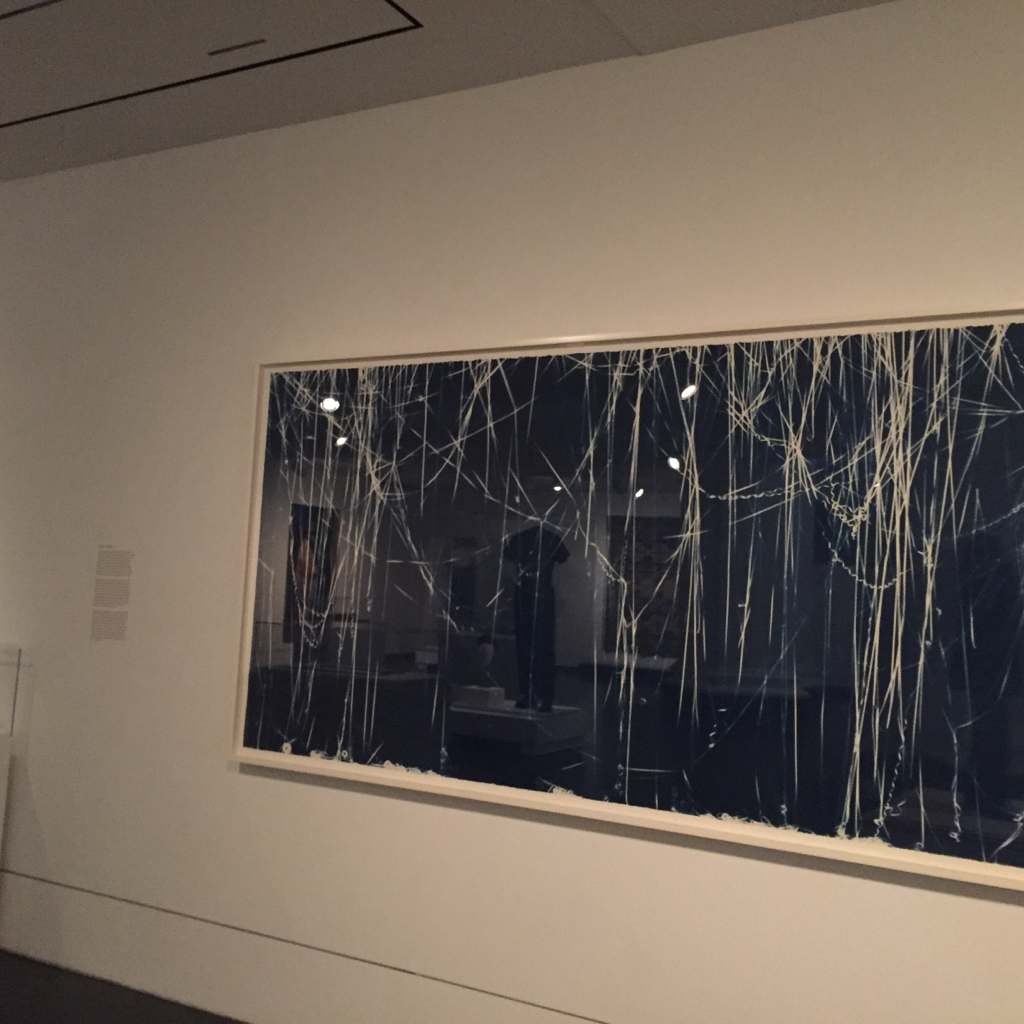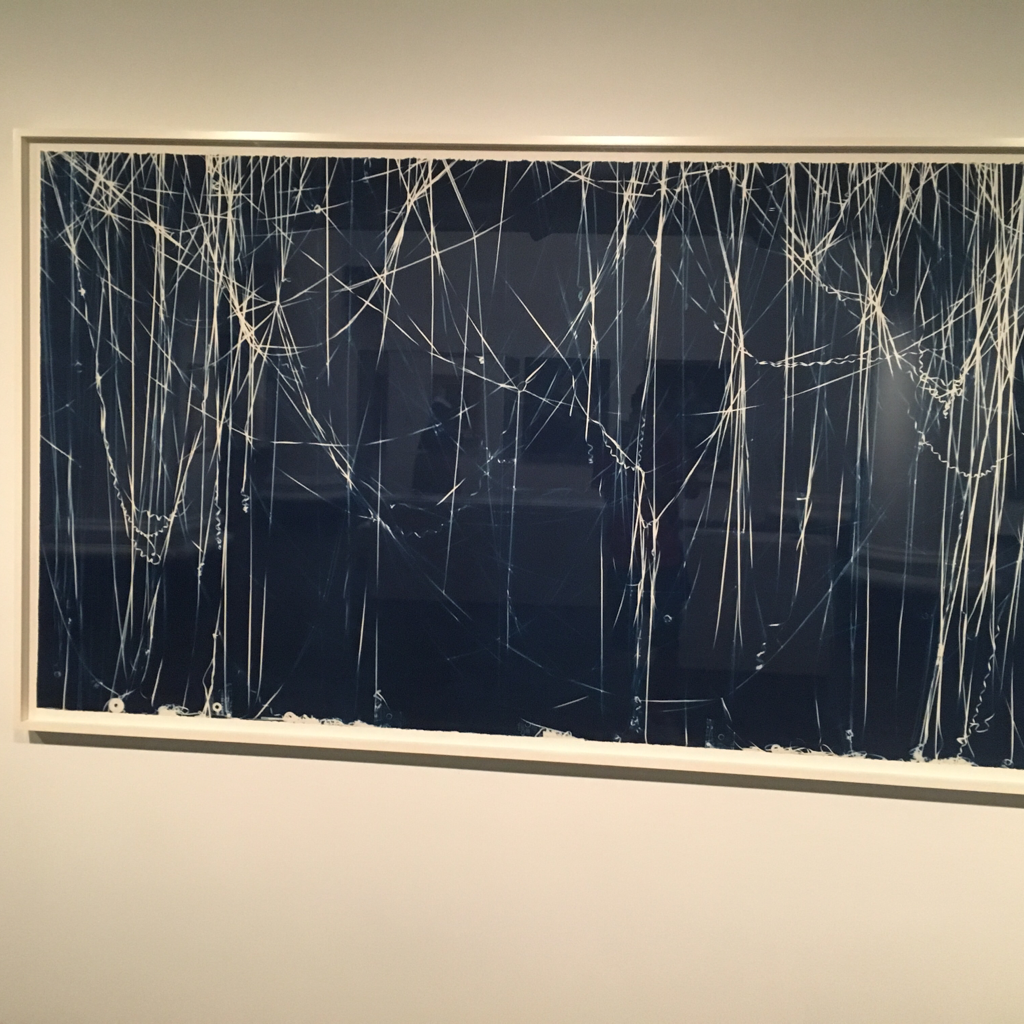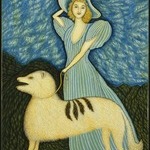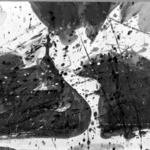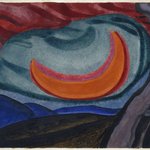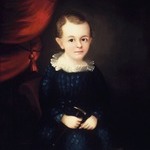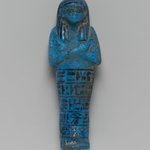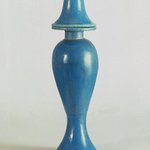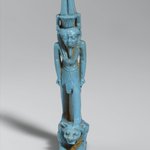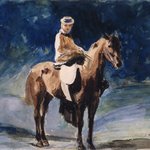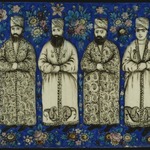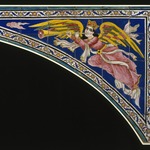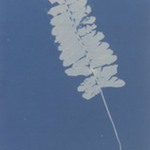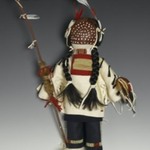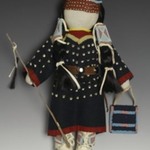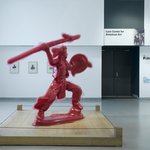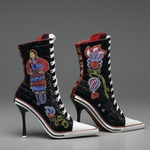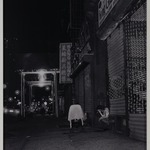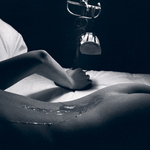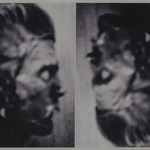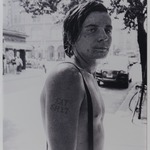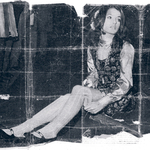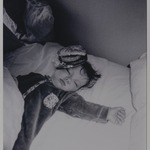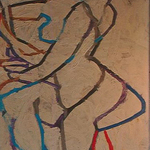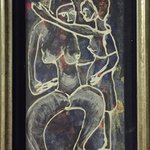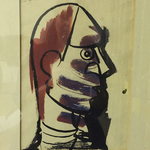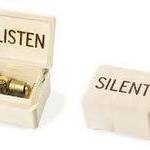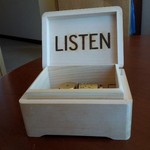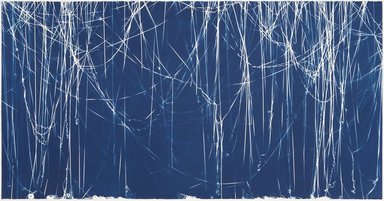
Memento (Lag Wagon)
Christian Marclay
Contemporary Art
On View:
Christian Marclay works in several different media, including photography, video, sculpture, music, and performance. He created the images reproduced in this book by placing objects directly on the surface of paper coated with a light-sensitive chemical mixture. The resulting blue photograms reinvigorate two nearly forgotten media: cassette tapes of the 1970s–80s and the cyanotypes developed in the 1840s.
MEDIUM
Cyanotype
DATES
2008
DIMENSIONS
sheet: 51 1/2 × 99 in. (130.8 × 251.5 cm)
frame: 55 × 102 3/4 × 2 1/2 in. (139.7 × 261 × 6.4 cm) (show scale)



SIGNATURE
Signed and dated verso
COLLECTIONS
Contemporary Art
ACCESSION NUMBER
2008.72
CREDIT LINE
Purchased with funds given by John and Barbara Vogelstein, Shelley Fox Aarons and Philip E. Aarons, Stephanie and Tim Ingrassia, and bequest of Richard J. Kempe, by exchange
MUSEUM LOCATION
This item is not on view
CAPTION
Christian Marclay (American, born 1955). Memento (Lag Wagon), 2008. Cyanotype, sheet: 51 1/2 × 99 in. (130.8 × 251.5 cm). Brooklyn Museum, Purchased with funds given by John and Barbara Vogelstein, Shelley Fox Aarons and Philip E. Aarons, Stephanie and Tim Ingrassia, and bequest of Richard J. Kempe, by exchange
, 2008.72. © artist or artist's estate (Photo: Photograph courtesy of the artist, Graphicstudio/USF and Paula Cooper Gallery, New York, CUR.2008.72_Will_Lytch_photograph.jpg)
IMAGE
overall, CUR.2008.72_Will_Lytch_photograph.jpg. Photograph courtesy of the artist, Graphicstudio/USF and Paula Cooper Gallery, New York
"CUR" at the beginning of an image file name means that the image was created by a curatorial staff member. These study images may be digital point-and-shoot photographs, when we don\'t yet have high-quality studio photography, or they may be scans of older negatives, slides, or photographic prints, providing historical documentation of the object.
RIGHTS STATEMENT
Christian Marclay. Courtesy of the artist, Graphicstudio/USF and Paula Cooper Gallery, New York.
Photograph: Will Lytch
The Brooklyn Museum holds a non-exclusive license to reproduce images of this work of art from the rights holder named here.
The Museum does not warrant that the use of this work will not infringe on the rights of third parties. It is your responsibility to determine and satisfy copyright or other use restrictions before copying, transmitting, or making other use of protected items beyond that allowed by "fair use," as such term is understood under the United States Copyright Act.
For further information about copyright, we recommend resources at the United States Library of Congress, Cornell University, Copyright and Cultural Institutions: Guidelines for U.S. Libraries, Archives, and Museums, and Copyright Watch.
For more information about the Museum's rights project, including how rights types are assigned, please see our blog posts on copyright.
If you have any information regarding this work and rights to it, please contact copyright@brooklynmuseum.org.
If you wish to contact the rights holder for this work, please email copyright@brooklynmuseum.org and we will assist if we can.
RECORD COMPLETENESS
Not every record you will find here is complete. More information is available for some works than for others, and some entries have been updated more recently. Records are frequently reviewed and revised, and we welcome any additional information you might have.


